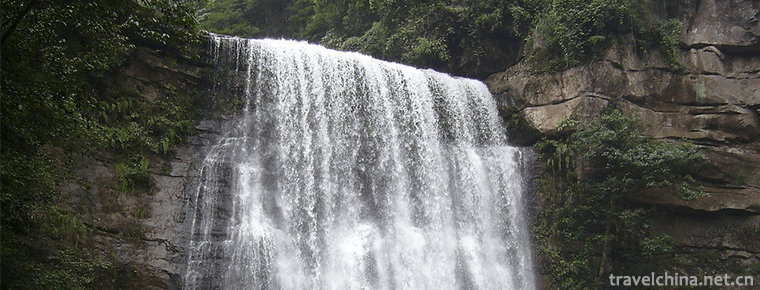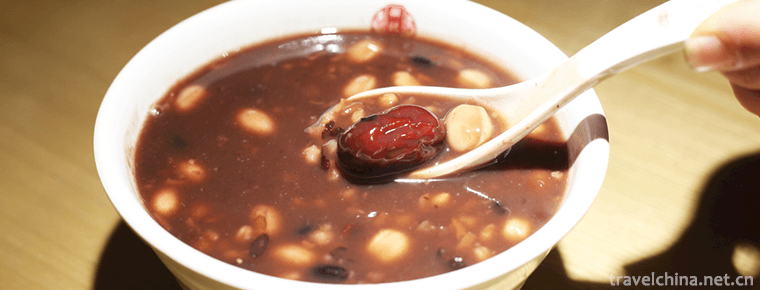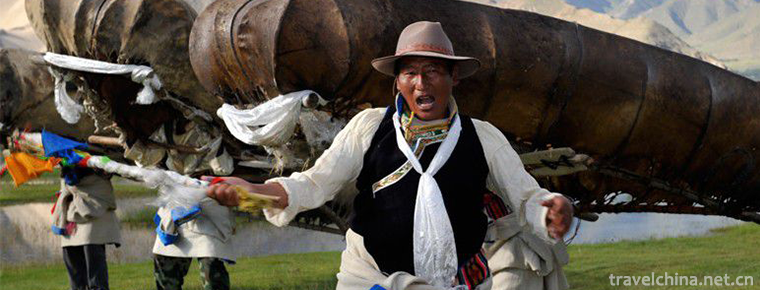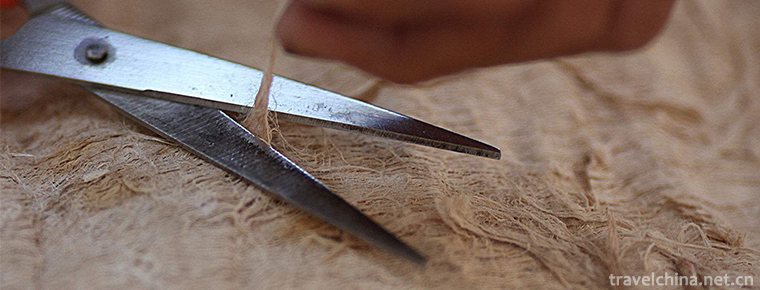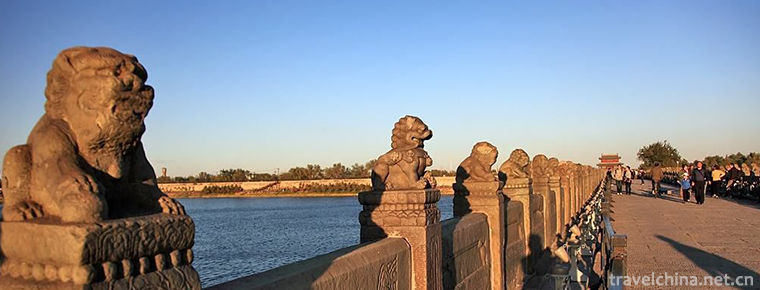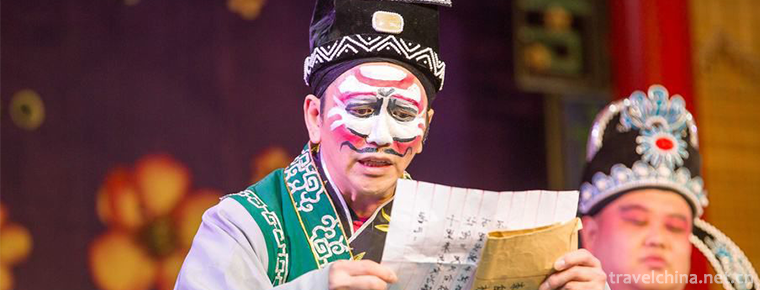Manufacturing Techniques of Tussah Paper
Manufacturing Techniques of Tussah Paper
The manufacturing history of tussah paper is as long as that of linen paper. The raw material for making the paper is the phloem fibers of the tree. The bark of the tree contains wood phloem fibers which are very suitable for papermaking.
On June 7, 2008, the paper was approved by the State Council to be included in the second batch of national intangible cultural heritage list.
Orion of the Name
Because of its long history and suitable for high-level painting and calligraphy, it has been paid special attention by literati. Sometimes the word "chu" becomes the symbol of paper. For example, Zhang Yi (1237-1368) wrote in his poem "Wood and Stone Pictures" for Zhao Mengfu, a contemporary Wuxing calligrapher and painter (1254-1322): "Wu Xing's brushwork is wonderful, and there are no people left behind. A piece of paper is a piece of paper. Xu Wei (1521-1593), a Ming Dynasty painter, said in"Painting Crane Fus": ink is like work, and life-long fun. Here the ink is paper ink, which means that if the ink and paper are made fine, it can be appreciated for a lifetime after being painted and calligraphed. Other scholars took it as their subject matter and personalized it into a funny biography.
Improvement
Technological improvement in the Ming Dynasty was a major stage of Chinese handmade paper. The manufacture of tussah paper was particularly prominent. It was produced in almost all parts of the country. It was suitable for various purposes. Its output, quality and processing technology reached an unprecedented high level.
During this period, there were also detailed documentation about the manufacture of paper. Dazhi of Jiangxi Province, edited by Wang Zongmu (1523-1591) of the Ming Dynasty in 1556? Chu Shu Chapter is the earliest work in the world to discuss in detail the manufacture of Chu Paper.
Dazhi of Jiangxi Province mainly records the technology of making paper in Yushan County, Guangxinfu Prefecture of Jiangxi Province (now Shangrao area) during Hongwu Period. According to Mr. Pan Jixing's research, the technological process of this kind of paper is as follows: immersing the material in water for several days, bundling it into small handles, boiling it in clean water, cutting the inner bones, pulling the bark into silk, cutting the bark into small bundles with knives or axes, soaking it with lime pulp, and storing it for the rest of the month, soaking it with lime pulp. Cooking in the pot taking the material out of the pot, rinsing the water naturally for several days in the cloth bag with river water treading to limewater pestle spread on the ground or hillside in the sun and rain, until color white using treadle or pestle mortar to make fine adding boboiled grass wood ash water on the pestle material to bubble, half a month dry river water washing material re-boiling water into the pot again into the boiling water to boiling in the pot again._Exposure to sunlight_Hand handling of secondary materials and miscellaneous materials Quality rejection fine chopping with knife, until crushed into pieces washed in the inner bag mixing with water into the tank adding paper to the tank salvaging paper pressing water drying of the fire wall uncovering paper from the wall trimming and packing. This method includes four times of cooking, including two times of fresh water cooking and two times of alkaline solution cooking. After this treatment, the paper is white as jade, the fibers are even and fine, and the surface is smooth, but it takes a lot of time and labor. The rulers never care about the cost of paper.
In addition to Jiangxi Dazhi, Huizhou Zhi (1502), edited by Peng Ze of Ming Dynasty, and Tiangong Kaiwu, edited by Song Yingxing, also have some technical records on paper, but they are relatively simple and less formalities.
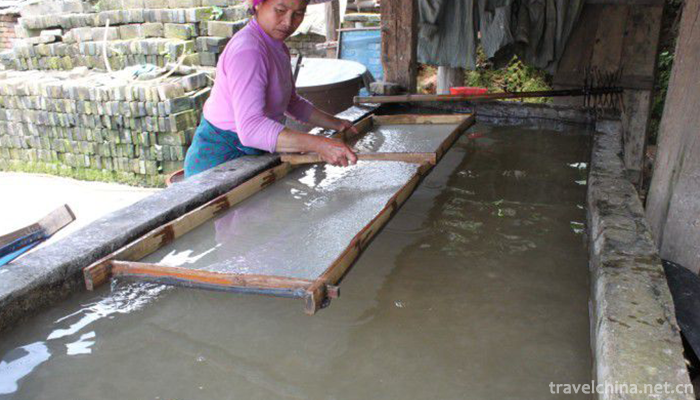

Manufacturing Techniques of Tussah Paper
-
Huangjinglaolin Scenic Spot
Huangjing Old Forest Scenic Spot is located at the junction of Sichuan and Guizhou provinces in southern Sichuan Province and northwest Gulin County. Its total planned area is 9122.6 hectares
Views: 126 Time 2019-01-18 -
Longsheng Hot Spring Resort
Longsheng Hot Spring is located 32 kilometers northeast of Longsheng County. It takes 40 minutes to get to Longsheng Hot Spring by bus from the county town. Hot springs are gushed from rock strata 120
Views: 198 Time 2019-02-06 -
Taoyuan Xiangu Natural Scenic Area
Beijing Taoyuan Xiangu Scenic Spot is a national AAAA-level scenic spot. It is 90 kilometers away from Beijing. It starts from the West Bank of Miyun Reservoir in the East and reaches the top of Guanf
Views: 167 Time 2019-02-13 -
Babao black rice porridge
Babao black rice porridge is a traditional snack and a food for Laba Festival. Purple and black, soft and waxy, sweet and fragrant. Developed from Babao glutinous rice porridge, it has the function of
Views: 199 Time 2019-03-25 -
Kuozi Guzi
Guzi, also known as "Guzi Dance" and "Cowskin Boat Dance", is a unique folk dance of two groups of Junba in Chabalang Village, Qushui County, Tibet Autonomous Region. In 2008
Views: 138 Time 2019-05-10 -
Production Techniques of Bark Cloth of Li Nationality
Li bark cloth production technology is based on the bark of plants as raw materials, after beating technology to produce cloth technology.
Views: 119 Time 2019-05-12 -
Legend of Lugou Bridge
The legend of Lugou Bridge is very rich in content, including the construction of Lugou Bridge, the lion on Lugou Bridge, Lugou pier chopping dragon and sword, Lugou Xiaoyue, Lugou Bridge and Wanping
Views: 379 Time 2019-05-15 -
Salt drying Techniques
Salt-drying process is a special kind of handicraft technology. Its existing form is different from the general intangible culture. Its products are closely related to people's daily life and industri
Views: 150 Time 2019-06-13 -
Taining Meilin Opera
During the reign of Qianjia in Qing Dynasty, after Hui Diao was introduced into Taining through Zhejiang and Jiangxi, it merged with local dialect, folk song minor and Taoist music to form Taining Mei
Views: 168 Time 2019-06-18 -
Yibin Jiuzhou tower
Jiuzhou tower was built in the third year of Daguan in Northern Song Dynasty, that is, in 1109 ad, located in Yibin, Sichuan Province. The foot of the tower is 7.35 meters long from north to south
Views: 335 Time 2020-10-16 -
Chengdu national beauty and heavenly fragrance Water Park
Chengdu national beauty and heavenly fragrance water park is the world's first and largest standard in Asia. It is also the first water theme park with the most comprehensive facilities in Southwest China.
Views: 156 Time 2020-10-17 -
Yibin transportation
Yibin is a transportation hub city in South Sichuan, which is famous for its comprehensive three-dimensional transportation network of water, land and air. It is located at the starting point of the golden waterway of the Yangtze River and the strategic point of Sichuan Yunna
Views: 144 Time 2020-12-18
